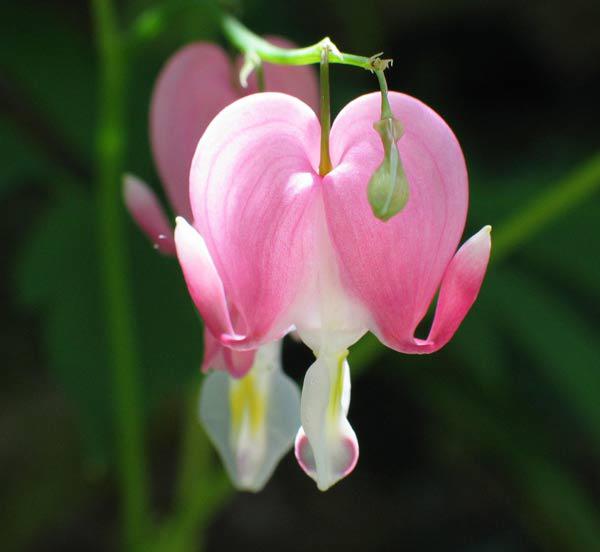Fringed Bleeding Hearts: Discover the Delicate Beauty of These Beloved Perennials
Curious about fringed bleeding hearts? These charming perennials may not be the showiest in their genus, but they hold a special place in the hearts of gardeners who appreciate their delicate allure. Let's delve into the fascinating world of fringed bleeding hearts and uncover everything you need to know about these lovely flowers.

Scientifically known as Dicentra eximia, these herbaceous perennials belong to the poppy family. Standing at a height of around 12-18 inches, they boast romantically-shaped flowers that gracefully bloom in the spring. Alongside their unique blooms, fringed bleeding hearts showcase grey-green, deeply dissected leaves, adding to their overall appeal.

Fringed bleeding hearts produce several drooping flowers in shades of pink or reddish purple along a leafless stem. For those seeking white blooms, the 'Alba' cultivar presents an excellent choice.

Originating from eastern North America, Dicentra eximia thrives in planting zones 3 to 9. These versatile plants can tolerate anything from full shade to partial shade, though they'll produce fewer flowers in shadier spots. For optimal growth, ensure moist but well-drained soil, and consider adding compost to nourish the plants.


Perfect for woodland and shade gardens, fringed bleeding hearts are adaptable, able to propagate through both reseeding and rhizomes. Their fringed, fern-like foliage is often considered more attractive than the showier D. spectabilis, and it remains vibrant through the summer heat.

Hummingbirds find these plants particularly enticing, drawn to their delicate flowers. As an added bonus, fringed bleeding hearts are deer-resistant due to their toxicity when consumed.
To keep your fringed bleeding hearts thriving, consider dividing them every few years during springtime. Applying mulch can also help suppress weed competition, while deadheading can encourage reblooming.

In addition to Dicentra eximia, there are other fascinating members of the Dicentra genus, such as the Dutchman's breeches plant, squirrel corn, Pacific bleeding heart, and D. scandens, a large vine with yellow flowers. False bleeding hearts, like Corydalis spp, also sport fern-like leaves, with C. lutea being a popular variety.

So, if you're looking to add a touch of delicate beauty to your garden, fringed bleeding hearts could be the perfect choice!






